Laminitis: Why Does It Occur? How Can We Better Manage It?
April 14, 2017 Comments Off on Laminitis: Why Does It Occur? How Can We Better Manage It?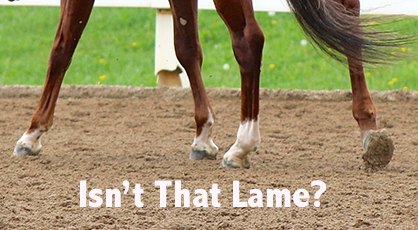
Laminitis, the number-two killer of horses after colic, continues to have an enormous impact on equine welfare, in wide and varied circumstances. Dr. Andrew van Eps, Associate Professor of Equine Musculoskeletal Research, will discuss different approaches for successful prevention and treatment of laminitis, as part of the First Tuesday Lecture series.
Continue reading …Older Horses Compete With Top Joint Care
April 11, 2017 Comments Off on Older Horses Compete With Top Joint Care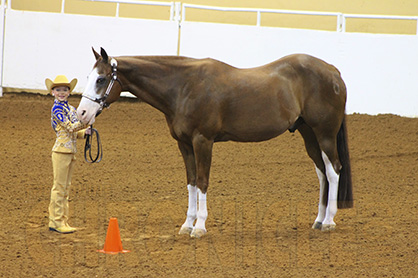
TW Grose, trainer, know the challenges of keeping older horses sound. He owns a former horse legend himself, and continues to treat him like royalty. “I have a retired 22-year-old gelding. I showed him as a youth. He was a world-champion, high point champion in the country. He has a lot of miles on him. LEGEND is something we give him; makes him a lot more comfortable to where he goes out every day, helps his joints.”
Continue reading …Orphan Foals: Success is Possible With an Emergency Feeding Program
April 7, 2017 Comments Off on Orphan Foals: Success is Possible With an Emergency Feeding Program
After a foal has consumed an adequate amount of colostrum, they can be encouraged to accept a foal milk replacer and gradually increase daily intake. Milk replacer should be mixed and fed per directions. Feeding watered down replacer will not give the foal the needed nutrients. Overly concentrated milk replacer can cause digestive upset and scours.
Continue reading …6 Questions to Ask Your Vet About NSAID Use
April 7, 2017 Comments Off on 6 Questions to Ask Your Vet About NSAID Use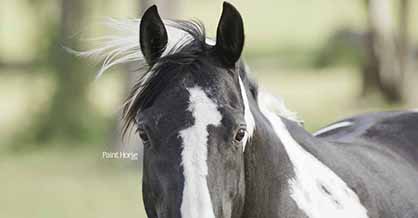
Veterinarians will take into account the ailment, age of the horse, activity level of the horse and the route of administration – some NSAIDs are available in injection, topicals, paste, powder or tablets.
Continue reading …Equine Vets Say Events for Horses Without Hendra Protection is Risky
April 5, 2017 Comments Off on Equine Vets Say Events for Horses Without Hendra Protection is Risky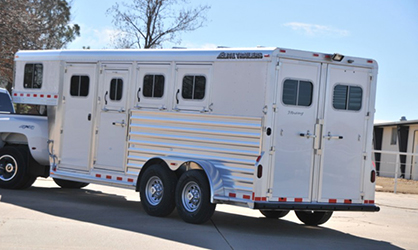
“There’s still so much we don’t know about the Hendra virus – even the early signs of this disease can be extremely vague. The fact is that endurance events bring together a large number of horses from a wide range of geographical locations, and this instantly raises the risk of Hendra virus infection if horses have not been vaccinated.”
Continue reading …First Principles of Horse Training: Part 2
April 4, 2017 Comments Off on First Principles of Horse Training: Part 2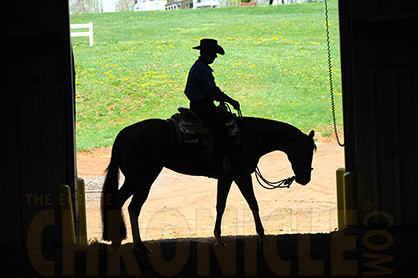
You’re right in the middle of a stellar Horsemanship pattern when you ask your horse to perform a flying lead change. He stops abruptly instead. You leave the class feeling confused and upset, wondering where things went wrong. Did your horse set out to sabotage your chances of a blue ribbon? It’s possibly, but unlikely. It’s more likely this chain of events was the result of sending mixed signals.
Continue reading …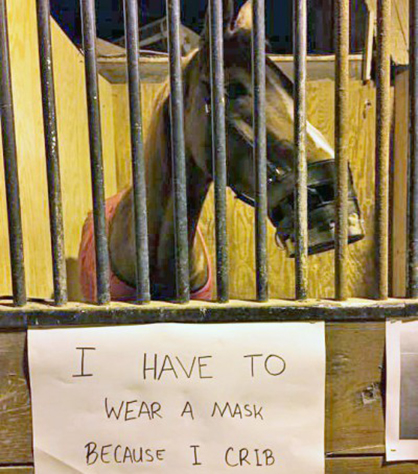
These inventions help manage cribbers, but why do horses crib to begin with? We can’t be certain as to what causes cribbing, as horses from around the world in varying conditions and lifestyles present this behavior. However, it is believed some horses crib out of boredom or if stalled for extended periods of time without exercise. Other theories include bad diet, ulcers and heredity.
Continue reading …Does Horseback Riding Improve Your Child’s Intelligence?
March 31, 2017 Comments Off on Does Horseback Riding Improve Your Child’s Intelligence?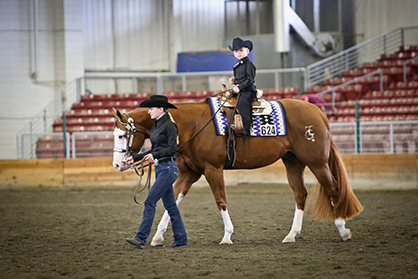
According to a new study coming out of Japan, recently published by Frontiers in Public Health, horseback riding actually improved the ability of children to solve arithmetic problems.
Continue reading …Respect the Power of the Horse’s Instincts: Free Choice Forage Feeding
March 30, 2017 Comments Off on Respect the Power of the Horse’s Instincts: Free Choice Forage Feeding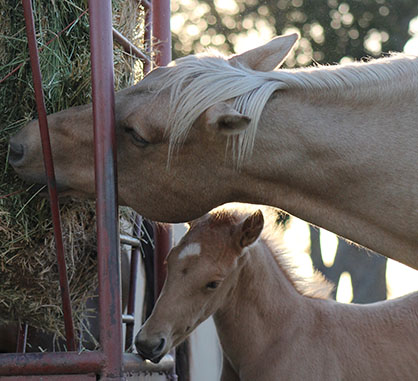
The biology that drives the horse’s digestion is indisputable: The horse’s stomach produces acid continuously, necessitating the action of chewing to release acid-neutralizing saliva. The digestive tract is made of muscles and needs to be exercised to prevent colic by having a steady flow of forage running through it.
Continue reading …Kindred Biosciences Will Award Two Scholarships to APHA Members
March 28, 2017 Comments Off on Kindred Biosciences Will Award Two Scholarships to APHA Members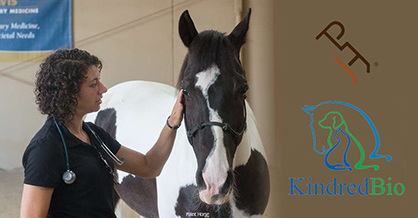
Among its products in development are Zimeta™ (dipyrone injection) for fever in horses, anti-TNF monoclonal antibody for sepsis in foals, a novel product for equine gastric ulcer syndrome, and a novel product for equine metabolic syndrome.
Continue reading …







